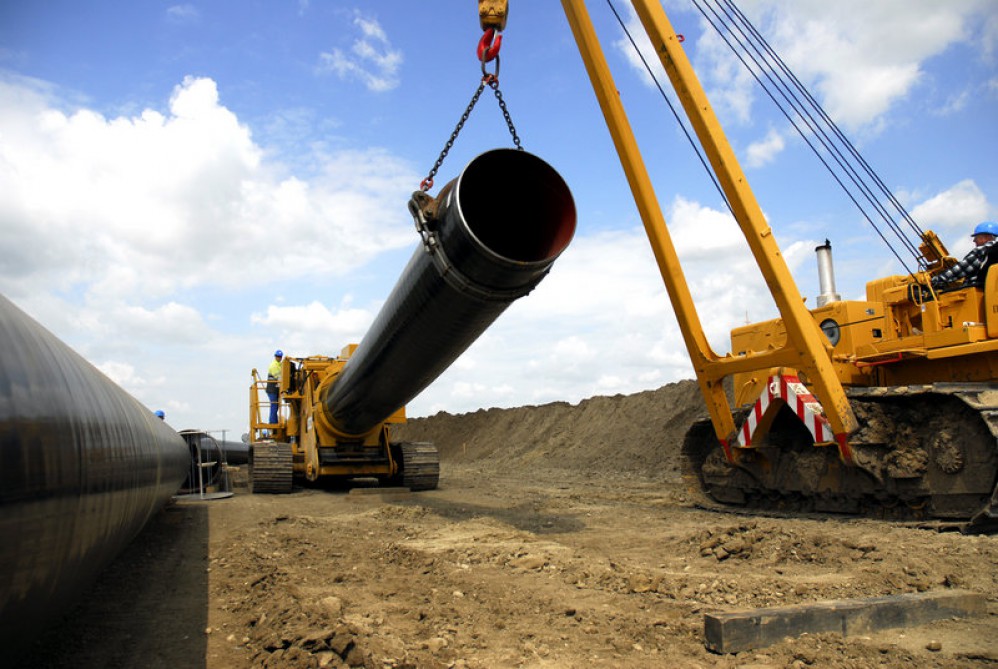- Main page
- Gas
The Shah Deniz Field
The Shah Deniz field, located in the Azerbaijani sector of the Caspian Sea, was discovered in 1999. It is located on the deep water shelf of the Caspian Sea, 70 km south-east of Baku, in water depths ranging from 50 to 500 m. It is one of the world’s largest gas-condensate fields. In June 1999, the discovery of the Shah Deniz field, with 1.2 trillion cubic metres of gas and 240 million tons of condensate, and the successful implementation of the Shah Deniz gas project recognised Azerbaijan as a global gas exporting country.
The Agreement on Exploration, Development and Production of the Shah Deniz Field in the Azerbaijani Sector of the Caspian Sea was signed on June 4, 1996, and entered into force on October 17 of the same year. Shah Deniz is structured as an unincorporated Joint Venture partnership, for which BP is the operator.
Shah Deniz Stage 1 began operations in 2006. It has the capacity to produce around 10 billion cubic meters of gas per annum (bcma) and approximately 50,000 barrels per day of condensate.
Shah Deniz Stage 2 is a giant project that produce another 16 bcma of gas in addition to the 10 bcma of gas produced by the Shah Deniz Stage 1 project.
The first gas in the Shah Deniz Stage 2 project was produced in 2018.





